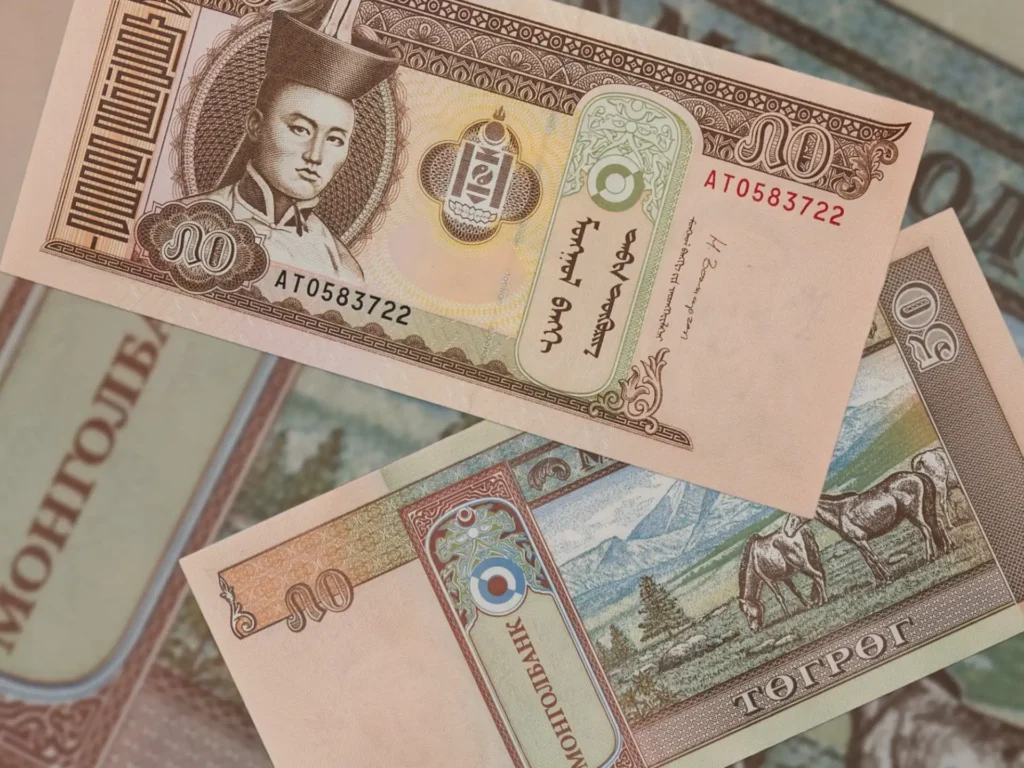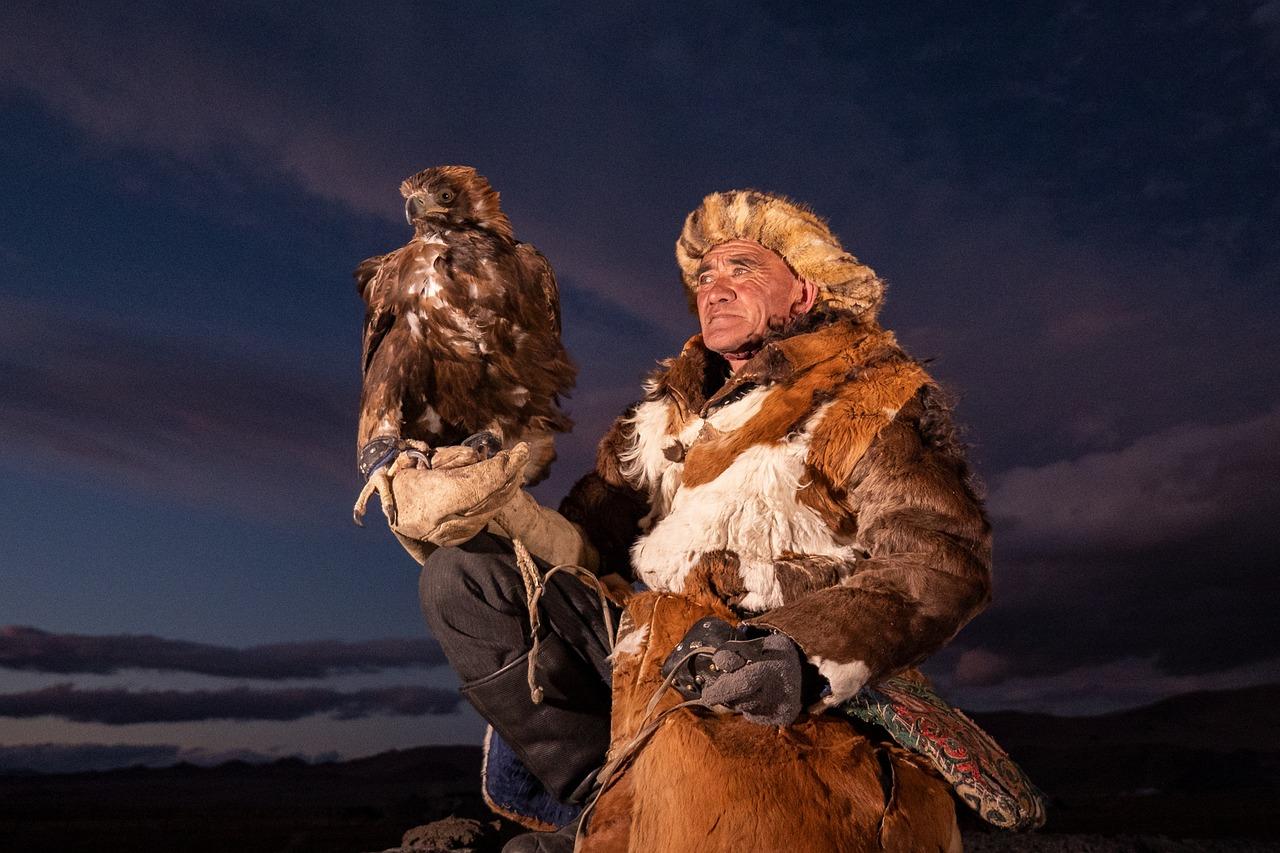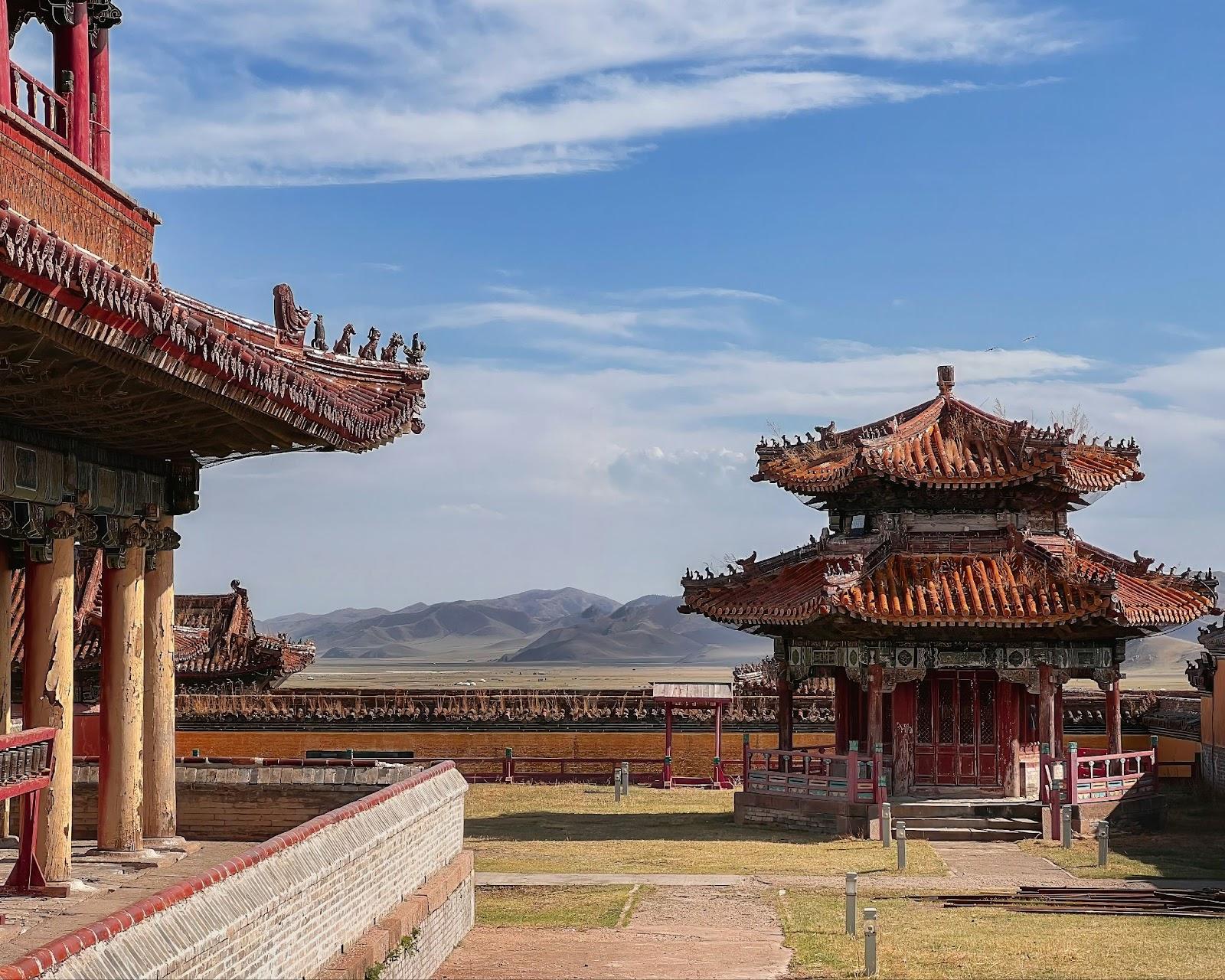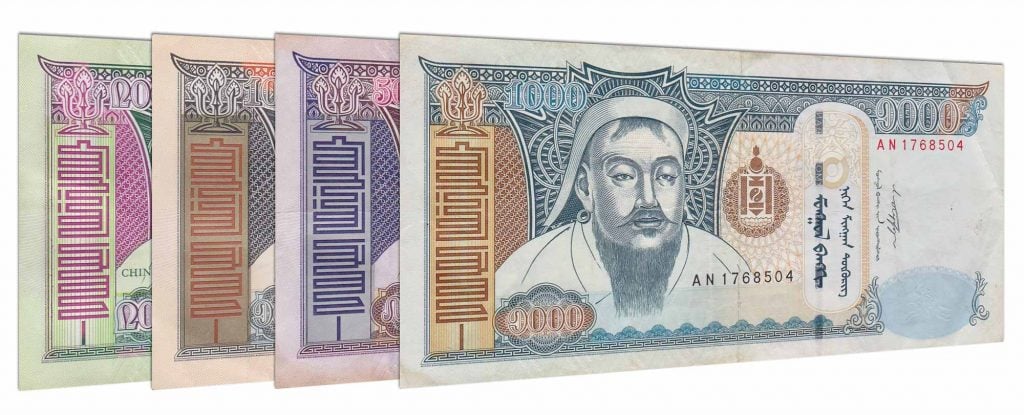
Mongolia currency: 5 surprising facts about the Tugrik
What is Mongolia currency?
Have you ever been curious about what currency is used in Mongolia?
Whether you’re planning a visit, are interested in global currencies, or need to exchange money, you’ve landed in the perfect spot!
Today, we’ll delve into the fascinating world of Mongolia’s currency, exploring its rich history, vibrant banknotes, and practical coins.
We’ll sprinkle in some fun and unique facts along the way. So, let’s start this financial journey together!
What is the currency of Mongolia called?
Mongolia uses the Mongolian tugrik, pronounced “too-grik.”
Mongolia’s currency symbol is “₮,” and its ISO code is MNT.
Is it tugrik or tögrög?
The correct term for Mongolia’s currency is “tögrög,” but it is often transliterated as “tugrik” in English.
Both terms refer to the same currency, though “tögrög” is closer to the original Mongolian pronunciation.

Get the best rates with Manor FX
Manor FX offers the most competitive online exchange rates for Mongolian currency in the UK.
Are you planning a trip to Mongolia? Prepare yourself for stunning landscapes and a rich cultural experience!
Securing your travel money before heading to this Central Asian destination is crucial.
Manor FX provides Mongolian tugriks at excellent rates, giving you more to enjoy during your trip.
Choose from home or office delivery, or collect your tugriks in-store. With fast delivery and a simple online ordering process, getting your foreign currency is effortless.
Check it off your list before you embark on your journey to Mongolia.
Get Mongolia currency

A brief history of Mongolian currency
The history of Mongolian currency is deeply intertwined with the nation’s rich past, dating back to the era of Genghis Khan.
During his reign, a system of silver ingots and paper money was introduced, laying the groundwork for Mongolia’s monetary tradition.
Fast forward to the 20th century, the Mongolian People’s Republic introduced the Mongolian tögrög (₮) in 1925, replacing the Mongolian dollar. This change was a significant step in establishing a unified national currency.
The tögrög, often abbreviated as MNT, has seen various denominations, including the 500, 1000, and 5000 tögrög banknotes. These notes have become essential in daily transactions, reflecting Mongolia’s economic growth over the decades.
When withdrawing money in Mongolia, it’s important to note the current MNT exchange rates, which can fluctuate based on economic conditions.
The tögrög’s value is a crucial indicator of the country’s economic health, influenced by factors such as global commodity prices and domestic policies.
Today, the tögrög remains a symbol of Mongolia’s sovereignty and resilience. Despite the challenges, it has adapted to modern economic demands, playing a vital role in the lives of the Mongolian people as they continue to build their nation.
Get Mongolia currency

Mongolian Banknotes
MNT is the official currency of Mongolia. Banknotes are available in 1, 5, 10, 20, 50, 100, 500, 1,000, 5,000, 10,000, and 20,000 tugriks.
Mongolian coins
Coins are issued in 20, 50, 100, and 500 tugriks denominations.

5 surprising facts about the Tugrik
1. First paper currency in Mongolia
The tögrög traces its origins to the 13th century when Genghis Khan’s empire issued one of the world’s earliest forms of paper currency, a precursor to the modern tögrög.
2. Dramatic devaluation in the 1990s
Following the collapse of the Soviet Union, Mongolia transitioned to a market economy, which led to significant economic turmoil. The tögrög experienced rapid devaluation during this period, losing much of its value against major currencies.
3. Unique denominations
The Mongolian tögrög has unique banknote denominations that include odd amounts like 20, 500, and 5,000 tögrög, which are not commonly seen in many other currencies around the world.
4. Tögrög banknotes feature Mongolian heroes
Many of the banknotes feature images of national heroes, most notably Genghis Khan, whose likeness is on the 500, 1,000, 5,000, and even 10,000 tögrög notes.
5. Tögrög coins are rarely used
Despite the existence of tögrög coins in denominations like 20, 50, 100, and 500, they are seldom used in everyday transactions. Most people in Mongolia prefer to use paper notes, even for small amounts.

FAQs
Need Mongolian currency but don’t know what it’s called?
Because the currency in Mongolia isn’t as well known as the euro or the US dollar, many people don’t know what to look for when they need to buy currency.
People often search for Mongolia currency, name Mongolia country currency, etc., when looking for the Mongolian tugrik. – Now you know for next time!
Do you sell Mongolia currency at Manor FX?
Absolutely! If you need to exchange your pounds for Mongolian tugriks, you’re in the right place; we offer the best Mongolia currency exchange rate in the UK!
Ordering your Mongolian currency online is simple, and we offer secure delivery through Royal Mail Special Delivery Guaranteed®. No hassle, just quick and reliable delivery straight to your home or office.
If you’re near Heathrow, visit our currency shop to pick up your tugriks in person.
We’re dedicated to making your currency exchange process as smooth and convenient as possible.
Do you buy Mongolia currency at Manor FX?
Certainly! If you’ve returned from your trip with Mongolian tugriks, there’s no need to stress.
Simply click the link to convert your tugriks back into pounds effortlessly.
We’re dedicated to offering you competitive rates for your leftover currency. We value your unused money and want to help you get the best return.
Convert your Mongolia currency to GBP with just one click. Experience a smooth and hassle-free currency exchange right here!
Is Inner Mongolia currency the same as Outer Mongolia currency?
As part of China, the Inner Mongolia region uses the Chinese yuan, while Outer Mongolia, known simply as Mongolia, uses the Mongolian tugrik.
Knowing the differences can help you navigate your transactions smoothly, whether you’re dealing with Inner Mongolian currency or Outer Mongolian currency.